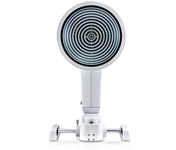 Topographie
Topographie 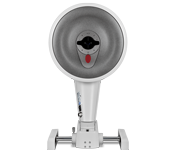 Tomographie
Tomographie 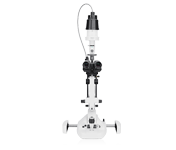 Documentation photographique
Documentation photographique 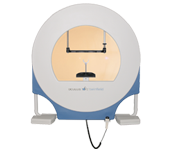 Périmètre
Périmètre 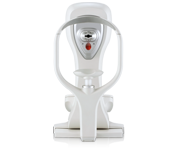 Tonomètre
Tonomètre 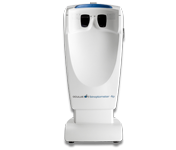 Appareils de test de vue
Appareils de test de vue 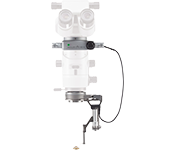 Chirurgie vitréo-rétinienne
Chirurgie vitréo-rétinienne 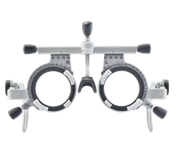 Réfraction manuelle
Réfraction manuelle 



Le OCULUS Keratograph 5M est un appareil destiné à l'adaptation professionnelle des lentilles de contact. Grâce à sa base de données de lentilles de contact intégrée et à la simulation d'images fluorescentes, il facilite le choix des lentilles de contact. Le kératomètre intégré et le déclenchement automatique des mesures rendent ces dernières rapides et précises. En outre, les cornées irrégulières ainsi que les différents stades du kératocône peuvent être détectés et classifiés en toute simplicité à l'aide du Keratograph 5M.
Le kératographe est également adapté pour réaliser des analyses du film lacrymal, du taux de rougeur ou de meibographie.








Grâce au Keratograph 5M, vous pouvez montrer à vos clients ou vos patients des images qu'ils n'ont encore jamais vues. Créez un climat de confiance en apportant des conseils professionnels lors des examens médicaux ou des visites de contrôle.
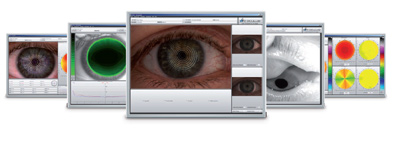



Intégrez le kératographe de façon active à vos consultations. De nombreuses représentations faciles à comprendre vous soutiennent dans votre travail d'explication et de communication avec les clients et patients. Utilisez votre Keratograph 5M comme un outil de marketing et vos prestations deviendront limpides !


Le nouveau joystick pour le Keratograph 5M vous permet de capturer des images et séquences vidéo directement depuis l’appareil. Vous n’aurez plus besoin d’utiliser la souris : votre main reste sur le joystick lors de la capture des images ou des vidéos.
Le nouveau joystick communique grâce à une interface Bluetooth intelligente, pour vous débarrasser des câbles d’alimentation encombrants. Le joystick bascule en mode veille lorsqu’il n’est pas utilisé, pour prolonger la durée de la pile.
Adoptez le nouveau joystick très vite et très facilement. Regardez la vidéo pour en découvrir la simplicité !





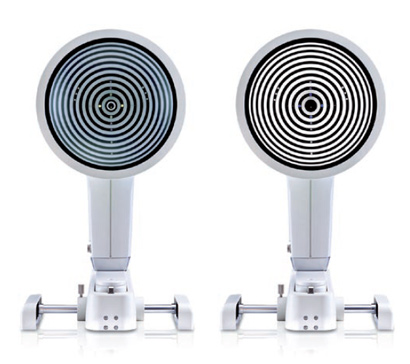
Des milliers de points de mesure permettent de saisir toute la surface de la cornée. Un éclairage annulaire de couleur blanche est utilisé à cet effet. Pour les analyses du film lacrymal, un éclairage infrarouge est également prévu afin d'empêcher une sécrétion réflexe causée par l'éblouissement.


L'éclairage parfait a été intégré pour chaque fonctionnalité du Keratograph 5M : diodes blanches pour la dynamique du film lacrymal,
diodes bleues pour les images fluorescentes et diodes infrarouges pour la meibographie.



Les glandes de Meibomius et leur morphologie peuvent être rendues visibles grâce à la meibographie. Le Meibo-Scan permet de réaliser cet examen au niveau des paupières supérieure et inférieure. Le tissu des glandes est représenté avec un contraste amélioré pour permettre une meilleure appréciation.
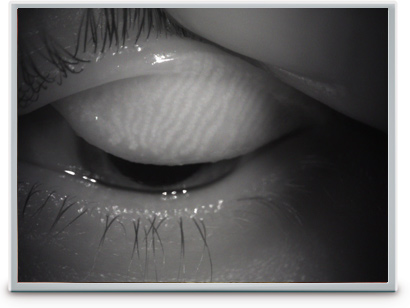




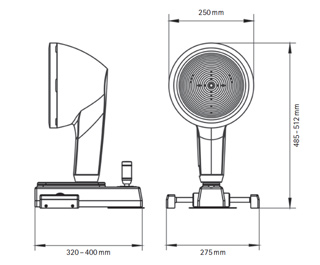 |


| Précision | ± 0,1 D |
| Reproductibilité | ± 0,1 D |
| Nombre d'anneaux | 22 |
| Distance de travail | 78 - 100 mm |
| Nombre de points de données exploités | 22 000 |
| Caméra | Caméra CCD numérique |
| Source d'éclairage | Éclairage de Placido: blanc Éclairage de Placido: infrarouge 880 nm Éclairage sous fluorescéine: bleu 465 nm Meibographie: infrarouge 840 nm Dynamique du film lacrymal: blanc Éclairage du pupillomètre: infrarouge 880 nm |
| Dimensions (L x P x H) | 275 x 320 - 400 x 485 - 512 mm |
| Poids | 6,1 kg |
| Puissance absorbée | 18 W |
| Alimentation électrique | 90 - 264 V AC |
| Fréquence | 47 - 63 Hz |
| Spécifications informatiques recommandées | Processeur: Intel® Core i5-7600, 8 GB de mémoire vive, disque dur: à partir de 1 TB, Windows® 10 Pro |
| Résolution d’affichage recommandée | 1920 x 1200 pixels |


Conforme à la directive 93/42/EWG sur les dispositifs médicaux

Le système de MQ OCULUS est certifié selon ISO 13485 et (EU) 2017/745 (MDR).




Identifiez rapidement et de manière fiable la cause d'un syndrome de sécheresse oculaire. Le nouveau compte rendu de sécheresse oculaire JENVIS Pro du Keratograph 5M vous aidera dans cette tâche. Réalisez un dépistage complet et utilisez les résultats de mesure comme base dans votre diagnostic du syndrome de sécheresse oculaire. Tous les résultats sont documentés conformément à la loi sur les dispositifs médicaux et résumés pour votre patient sous forme d'un rapport imprimé clair et facile à comprendre.





Tirez parti de tous les avantages du nouveau compte rendu de sécheresse oculaire JENVIS Pro du Keratograph 5M : dépistage efficace, résultats de mesure bien fondés et fidélisation de vos patients.
Le dépistage du syndrome de sécheresse oculaire devrait systématiquement être inclus à chaque examen de la réfraction.
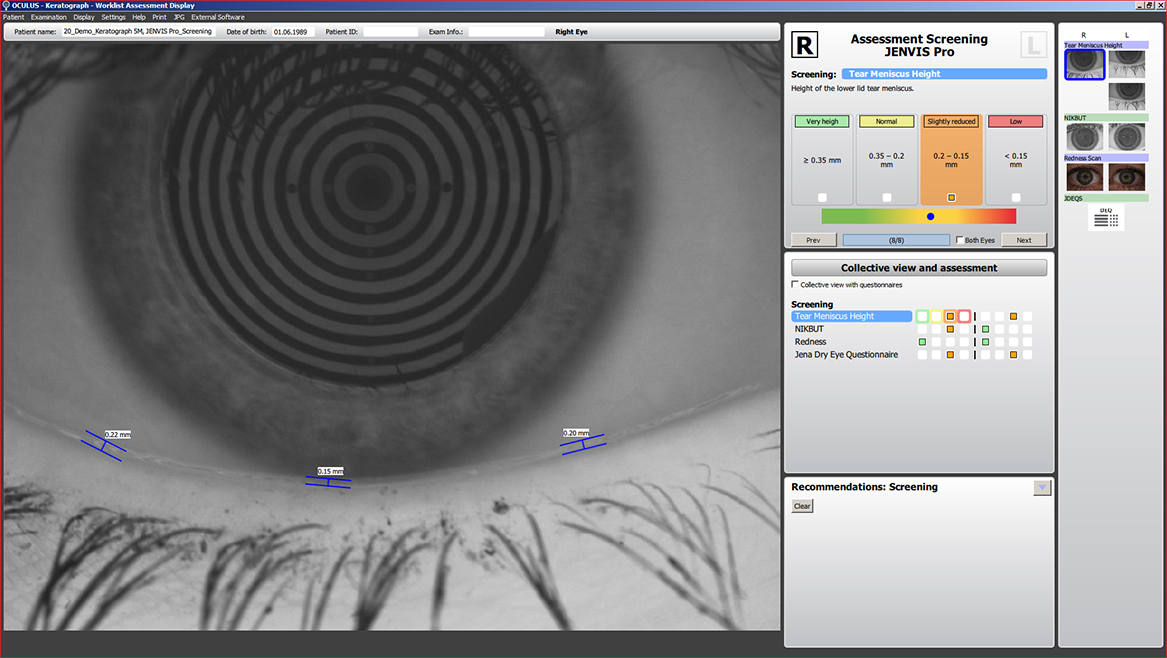
Le test de dépistage en quatre parties révèle rapidement et avec exactitude les anomalies de quantité et de qualité du film lacrymal. Ce dépistage de 5 minutes devrait être réalisé en routine avant chaque examen de la réfraction. L'évaluation en routine du film lacrymal JENVIS Pro inclut la mesure de la hauteur du ménisque lacrymal, du temps de déchirure du film lacrymal et de la rougeur bulbaire, ainsi qu'un questionnaire court.
Déterminez rapidement et en toute simplicité si votre patient présente bien des symptômes de sécheresse oculaire.

Le compte rendu de sécheresse oculaire JENVIS Pro vous fournit une séquence de test fiable couvrant tous les critères d'évaluation nécessaires à une analyse complète en cas de syndrome de sécheresse oculaire. Il vous offre des informations utiles et propose une configuration prédéfinie optimale pour vous assister dans vos mesures, ce qui vous permet de réaliser une analyse rapide et efficace du syndrome de sécheresse oculaire et de documenter les observations du segment antérieur.
Équipez-vous pour fournir à vos patients des conseils spécifiques afin de soulager leurs symptômes de sécheresse oculaire.

Vous aimeriez savoir si vos recommandations de traitement ont porté leurs fruits ? Utilisez la fonction de suivi et ses options de configuration pour caractériser la cause initiale. Vous pourrez ainsi documenter l'amélioration de l'état du film lacrymal de vos patients.
Des check-ups réguliers feront de vous le spécialiste à consulter.




Le film lacrymal est examiné sous un éclairage blanc ou infrarouge. La nouvelle caméra couleur haute résolution rend les détails les plus fins visibles et permet d'examiner la couche lipidique et la dynamique du film lacrymal afin de mesurer le NIKBUT (Non-Invasive Keratograph Break-Up Time, temps de rupture du film lacrymal non invasif avec kératographe) ainsi que le ménisque de larmes. Grâce au OCULUS Keratograph 5M, l'analyse du film lacrymal est non invasive et peut être réalisée sans qu'aucun outil supplémentaire ne soit nécessaire.


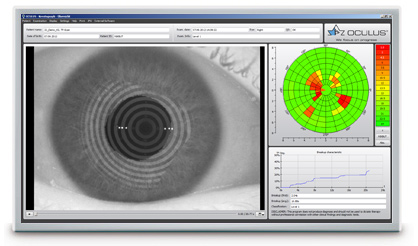
Le temps de rupture du film lacrymal est mesuré de façon entièrement automatique et sans contact. Le nouvel éclairage infrarouge est imperceptible pour l'œil humain, ce qui permet d'empêcher tout éblouissement au cours de l'examen. Le TF-Scan représente clairement le résultat de l'examen de façon compréhensible pour vous et votre client.


La hauteur du ménisque de larmes peut être mesurée à l'aide d'une règle de mesure intégrée ainsi que de diverses options de grossissement et le parcours le long du bord de la paupière inférieure peut être examiné. Le résultat est enregistré dans les données du patient.
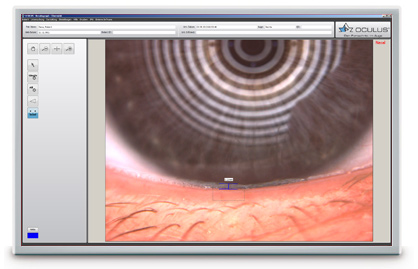


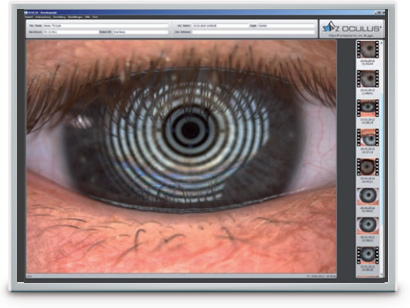
Les couleurs d'interférence de la couche lipidique et leur structure deviennent visibles et peuvent être enregistrées. L'épaisseur de la couche lipidique est évaluée en fonction de la structure et de la couleur.


L'enregistrement vidéo pouvant saisir jusqu'à 32 images par seconde permet d'observer le comportement d'écoulement des particules du film lacrymal. Ainsi, il est possible de tirer des conclusions sur la viscosité du film lacrymal.
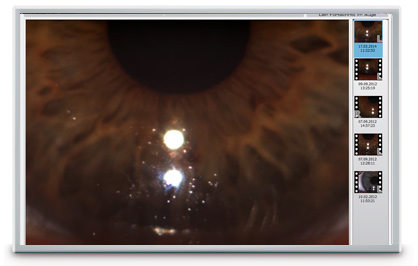




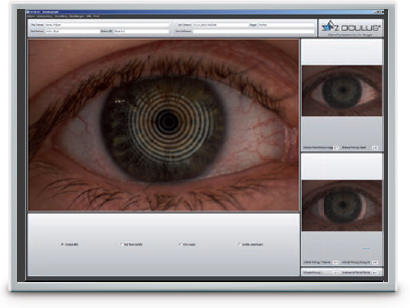
Classification automatique du taux de rougeur. Jusqu'à présent, la rougeur de la conjonctive n'était évaluée que de façon subjective et dépendante de l'observateur. Le R-Scan est le premier module à documenter et à classifier le taux de rougeur bulbaire et limbique de façon entièrement automatique et objective. Il détecte les vaisseaux de la conjonctive et évalue le taux de rougeur. Grâce à l'évaluation automatique, vous n'avez plus besoin de réaliser des comparaisons laborieuses entre les feuilles de classification.


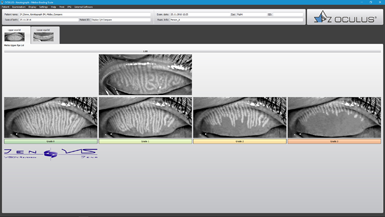
Grâce à sa multifonctionnalité, le Keratograph 5M intègre des examens difficiles tels que la meibographie avec facilité et efficacité. La cause la plus fréquente de la sécheresse oculaire est le dysfonctionnement des glandes de Meibomius. Les changements morphologiques du tissu de la glande sont rendus visibles grâce au Meibo-Scan et peuvent être classifiés selon les échelles d’évaluation Meibo de JENVIS.











Grâce au logiciel Imaging, vous pouvez enregistrer des fichiers images et vidéos. Outre l'observation individuelle des vidéos et des images, les enregistrements peuvent également être comparés avec les images fluorescentes simulées pour l'œil étudié.


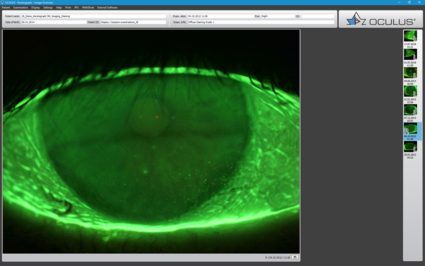
Résultat : les images fluorescentes statiques et les vidéos peuvent être enregistrées dans les conditions d'utilisation de la lampe à fente !


Démonstration de l'ajustement la lentille de contact
Évaluation de l'image fluorescente statique
Évaluation de l'ajustement de la lentille de contact en fonction de différentes tailles de pupille
Comparaison de la simulation fluorescente avec le véritable enregistrement fluorescent en direct
Sélection de la lentille de contact définitive
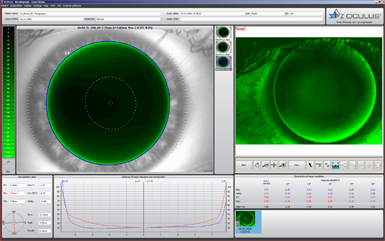




OxiMap® représente la perméabilité à l'oxygène des lentilles de contact souples en les classant par couleur en fonction de leur puissance dioptrique : très facile à comprendre, aussi bien par vous que par vos clients !


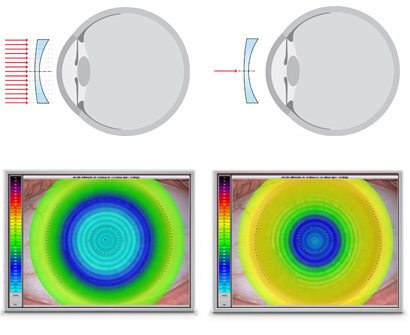
Un film lacrymal intact et une bonne alimentation de la cornée en oxygène sont indispensables pour porter des lentilles de contact confortablement. OxiMap® représente la perméabilité à l'oxygène des lentilles de contact souples en les classant par couleur en fonction de leur puissance dioptrique : très facile à comprendre, aussi bien par vous que par vos clients !


La perméabilité à l'oxygène (transmissibilité Dk/t) dépend du matériau et de l'épaisseur de la lentille de contact. Jusqu'à présent, seules les informations fournies par le fabricant concernant la perméabilité à l'oxygène au centre d'une lentille de contact de -3,00 dpt étaient connues. Grâce à OxiMap®, vous avez à votre disposition une visualisation graphique des valeurs Dk/t sur l'ensemble de la surface en fonction de la puissance des lentilles de contact.
Les valeurs Dk/t sont représentées à l'aide d'un code couleur, dans lequel la couleur noire représente une alimentation en oxygène inférieure à l'apport en oxygène lorsque l'œil est fermé. Afin de préserver l'intégrité de la cornée lors du port de lentilles de contact, les valeurs minimales Dk/t sont recommandées en fonction du temps de port des lentilles. Le code couleur du logiciel OxiMap® se fonde sur les recommandations valables au niveau international.
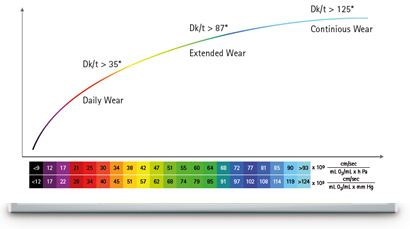


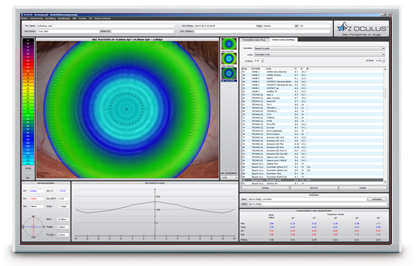
Le logiciel OxiMap® est adapté de façon individuelle à chaque correction dioptrique et vous assiste lorsque vous devez conseiller ou choisir les lentilles de contact les plus appropriées. Les lentilles de contact souples constituées de nouveaux matériaux offrent une excellente perméabilité à l'oxygène.
Le logiciel OxiMap® a été développé en étroite collaboration avec JENVIS Research et la haute école spécialisée de Iéna.




| Description | Date | Taille | Langue | Fichier |
|---|---|---|---|---|
| Déclaration de conformité DICOM pour kératographe 2.3.14 | 01/03/2013 | 468 Ko | Anglais |




Téléchargez ce programme lorsque vous souhaitez faire appel à notre service d'assistance
| | TeamViewer Download |



Téléchargez ce programme lorsque vous souhaitez faire appel à notre service d'assistance
| | TeamViewer Download |
Le monde OCULUS
Sujets à la une
Catégories de produits